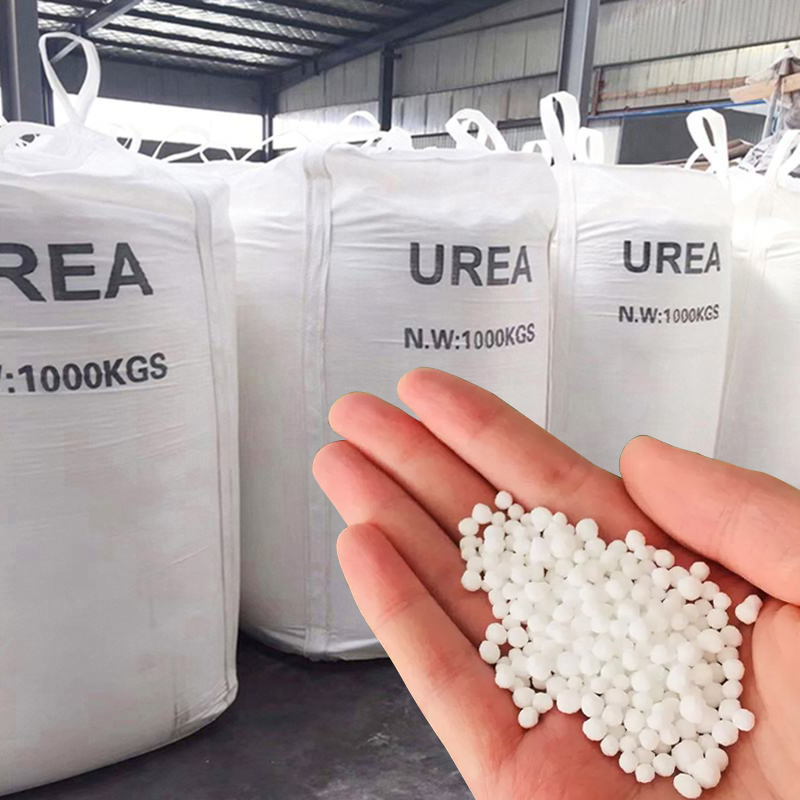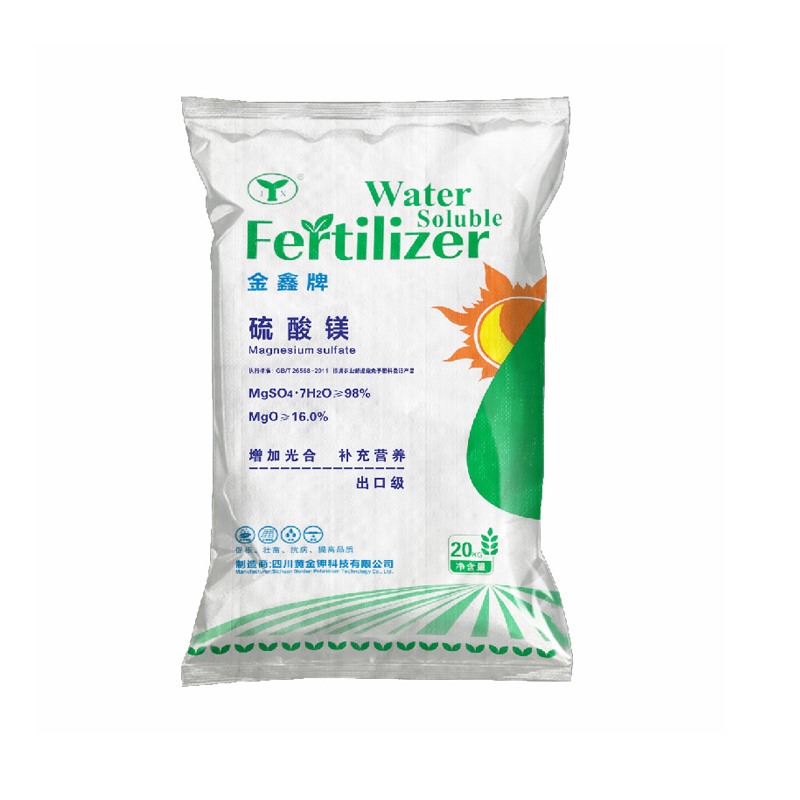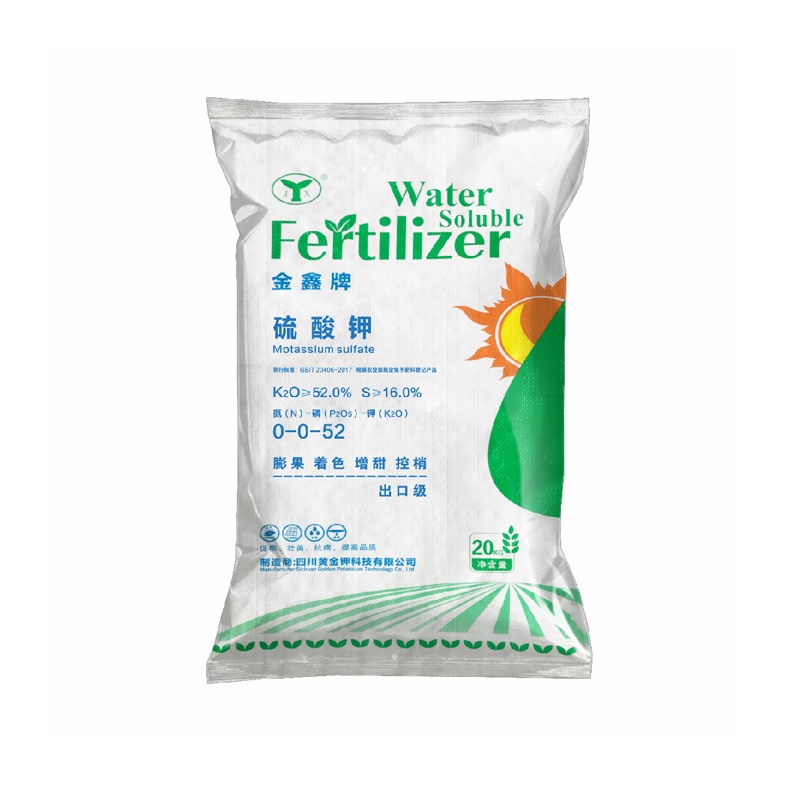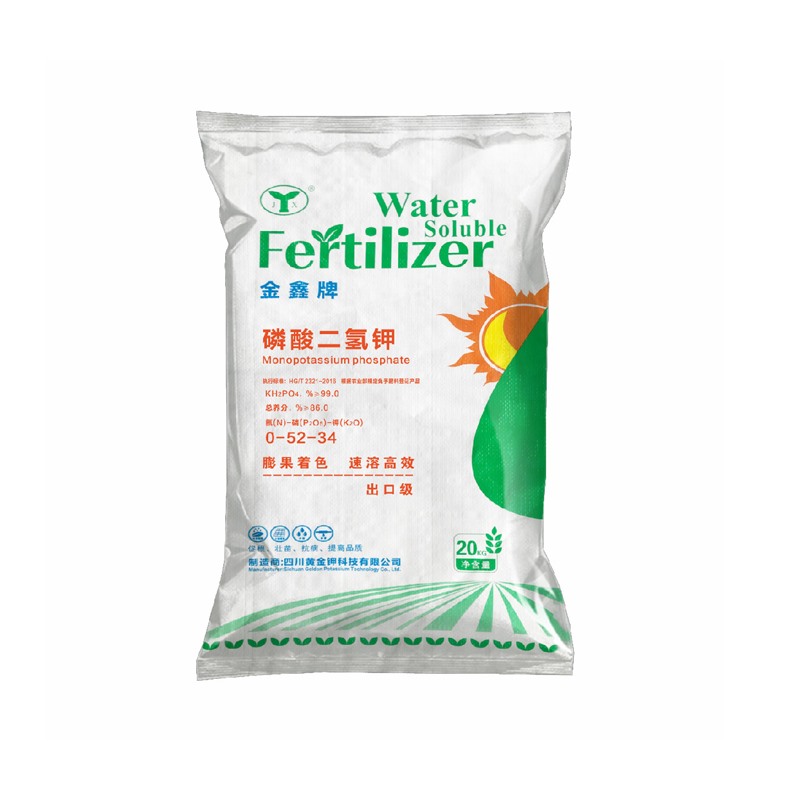How to choose spring ploughing fertilizer?
According to the needs of different crops and different periods, the types and functions of fertilizers are also targeted according to the actual needs. Therefore, the slogan that "nutrition is all-you-can-eat" on the market is mostly a marketing gimmick. Everyone should measure their real needs for fertilizers according to the growth characteristics of their crops, soil conditions and other factors.
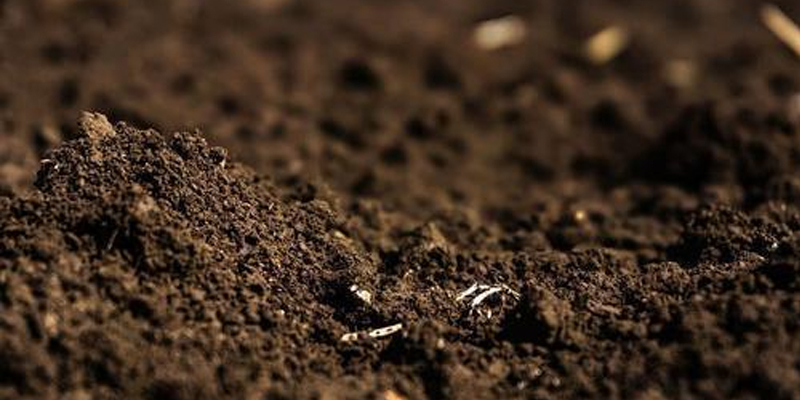
1. Different types of fertilizers and their use
1. Organic fertilizer: It can be divided into ordinary organic fertilizer and bio-organic fertilizer. Ordinary organic fertilizers are decomposed manures, biogas fertilizers, green manures, etc., while bio-organic fertilizers can be said to be decomposed organic fertilizers that have been treated with specific microorganisms, and have both the effects of microbial fertilizers and organic fertilizers. Organic fertilizer can be used as base fertilizer or top-dressing fertilizer. When using it, the actual amount needs to be considered according to the soil fertility. When organic fertilizer is used as the base fertilizer, it is better to apply a small amount of nitrogen, phosphorus and potassium compound fertilizer or phosphorus and potassium as the base fertilizer. Then in the middle of crop growth, it can also be used as top dressing according to the situation.
2. Inorganic fertilizers: Inorganic fertilizers are generally quick-acting fertilizers. According to the optimized formula fertilization technical scheme guided by the soil and fertilizer and agricultural technology departments, the chemical fertilizers that meet the requirements are formulated, including the familiar nitrogen fertilizers (including ammonium bicarbonate, ammonium sulfate), phosphate fertilizers (including diammonium phosphate, etc.), potassium fertilizer and other inorganic compound fertilizers.
3. Medium/trace element fertilizers: medium elements refer to elements such as calcium, magnesium, sulfur, etc., while trace elements are boron, zinc, molybdenum, iron, manganese, copper, etc. Plant growth needs less but necessary of nutrients. The application of trace element fertilizers needs to be applied in a targeted manner according to the needs of crops, the content in the soil and the PH value. For example, temperature and rainfall can affect the release of trace elements and the uptake of crops.
4. Water-soluble fertilizers: Conventional water-soluble fertilizers contain various elements such as nitrogen, phosphorus, and potassium required for plant growth. Applying water-soluble fertilizers can design targeted formulas according to the needs and periods of crop growth to avoid unnecessary waste; because the fertilizers take effect quickly, they can also be adjusted according to crop growth conditions.
5. Microbial fertilizer: This fertilizer is an auxiliary fertilizer for crop growth. It is generally prepared by using natural organic extracts or fermentation broth inoculated with beneficial bacteria, and then adding some humic acid, amino acid, alginic acid and other substances. fertilizer. The effects of microbial fertilizers mainly include increasing soil nitrogen and crop nitrogen nutrition; decomposing soil organic matter and insoluble minerals, as well as promoting plant growth and increasing root stress resistance.
6. Other fertilizers: Here are the special formula fertilizers and slow and controlled release fertilizers. Special formula fertilizer can be used as base fertilizer and top dressing. However, according to the soil texture and crop type, choose the corresponding special formula fertilizer. Slow and controlled release fertilizers are mainly used as base fertilizers. Because they are long-acting fertilizers, most crops only need to be applied once to meet the nutritional needs of the entire growth period.
